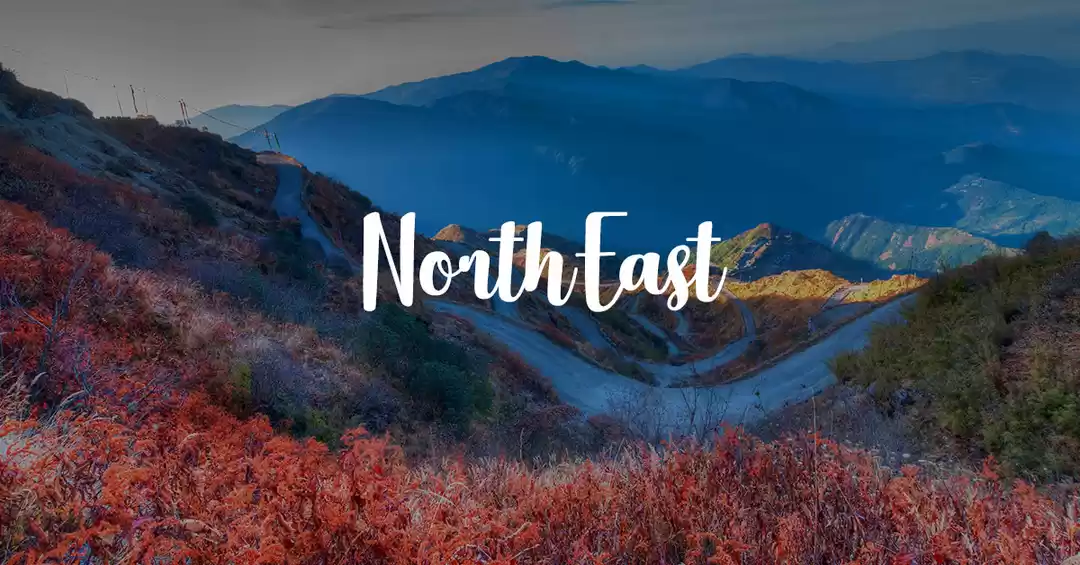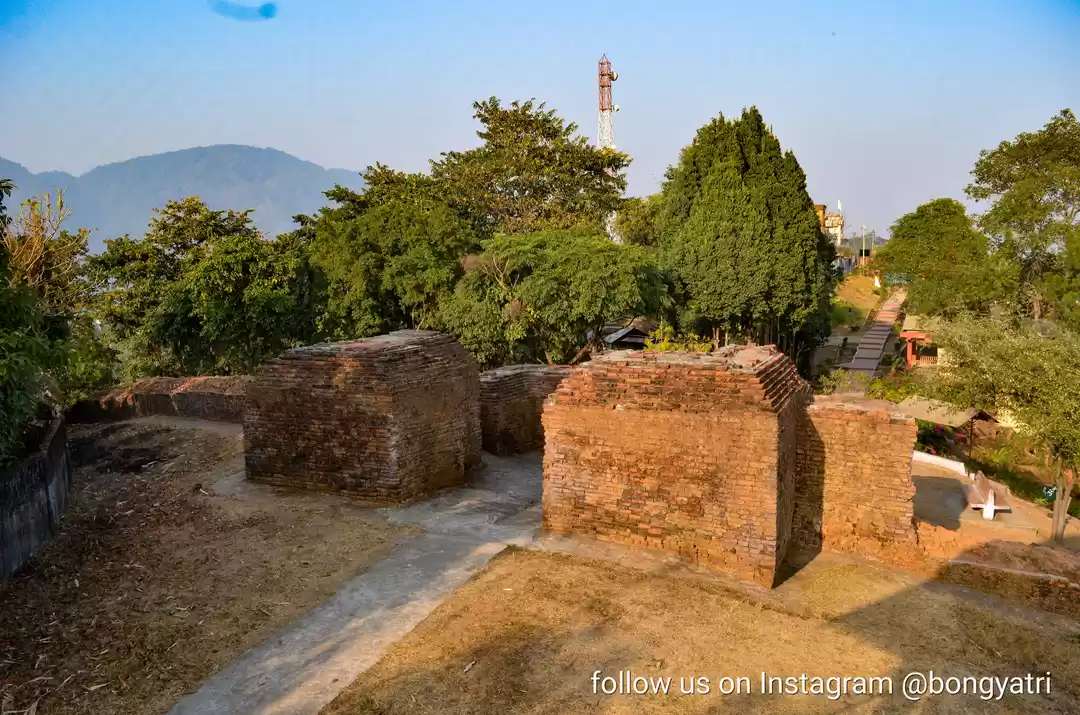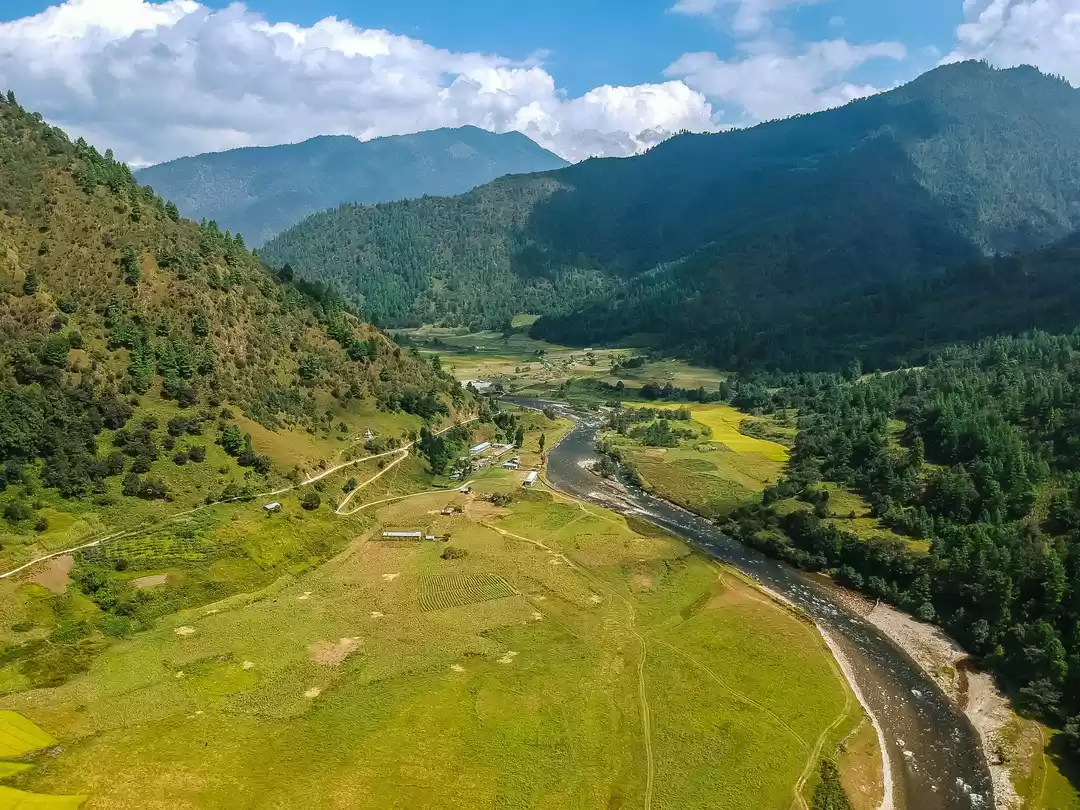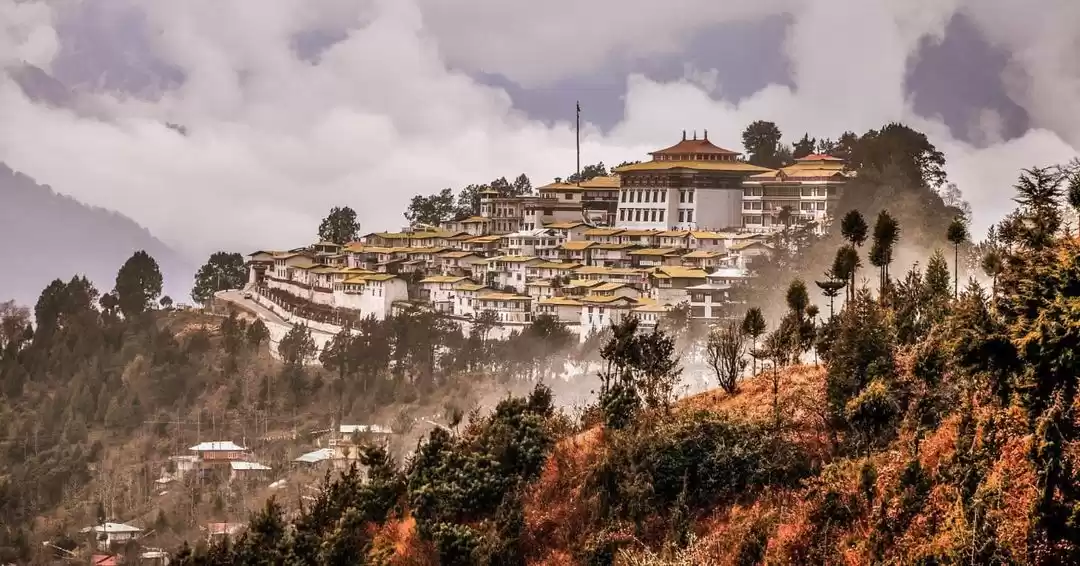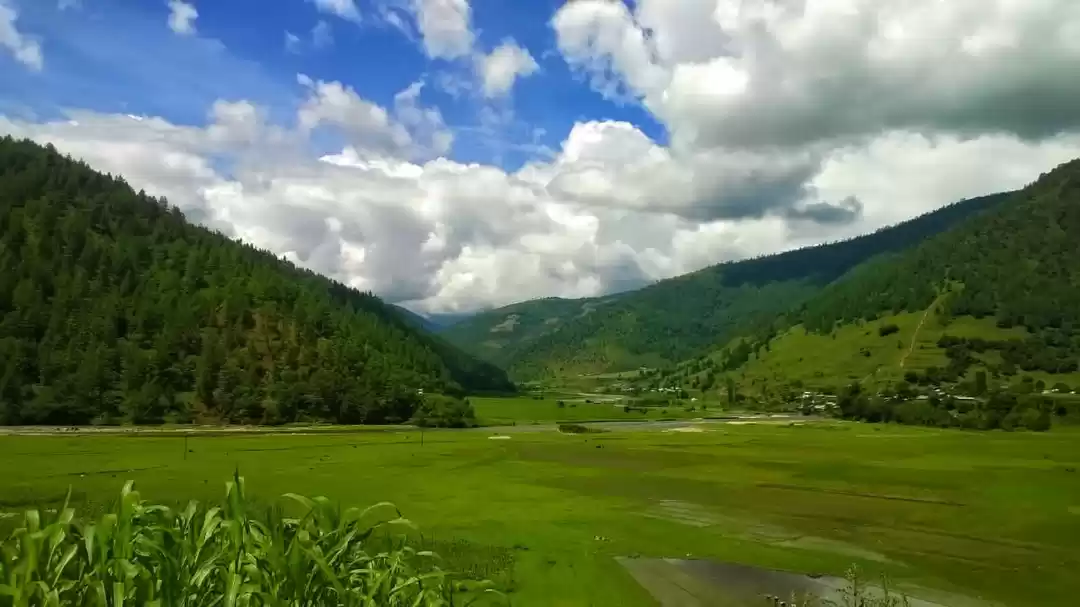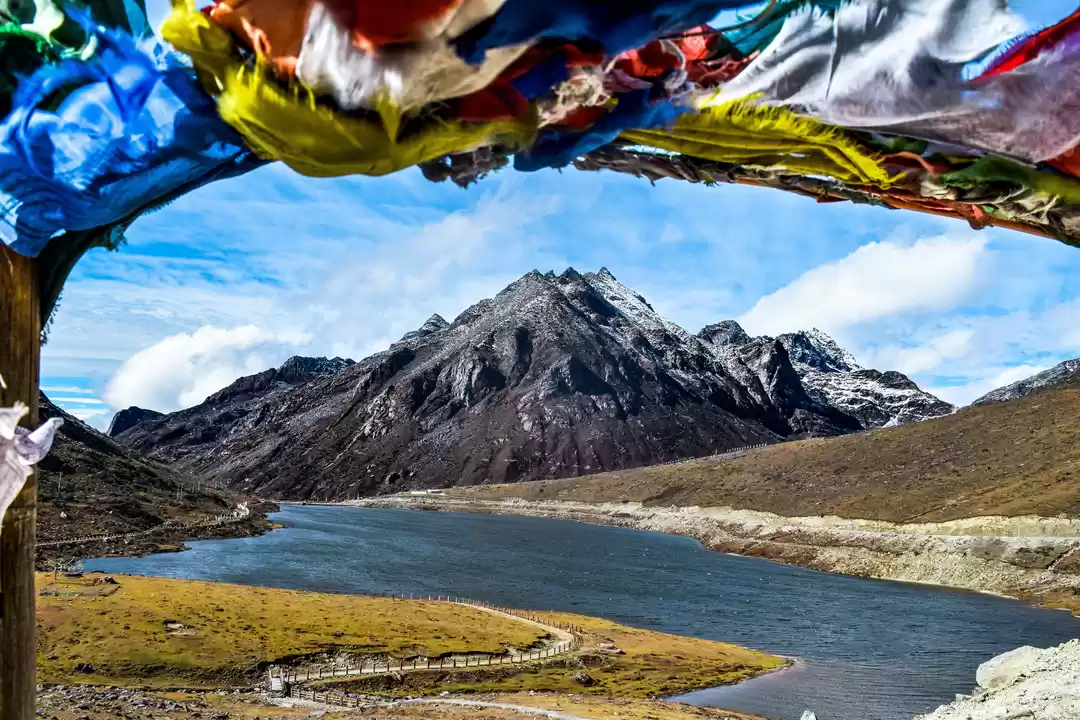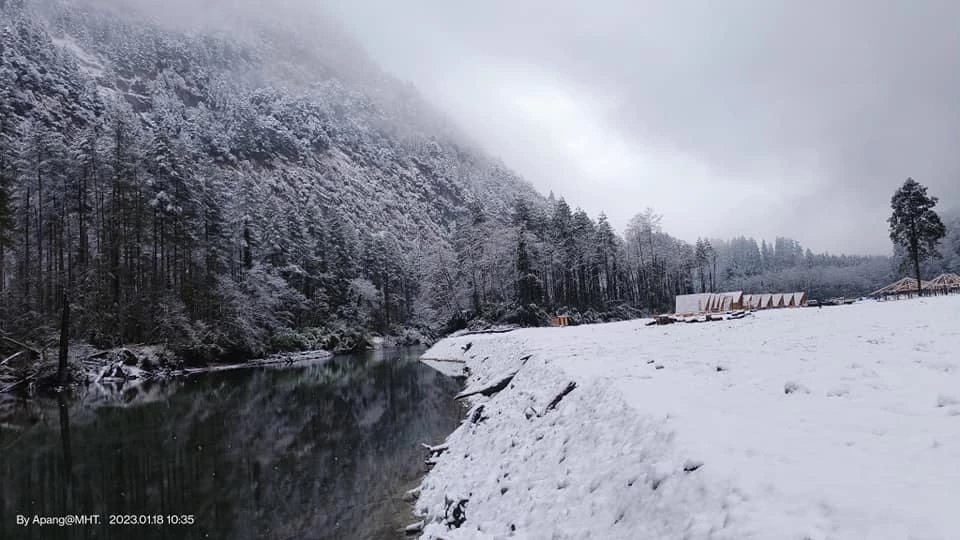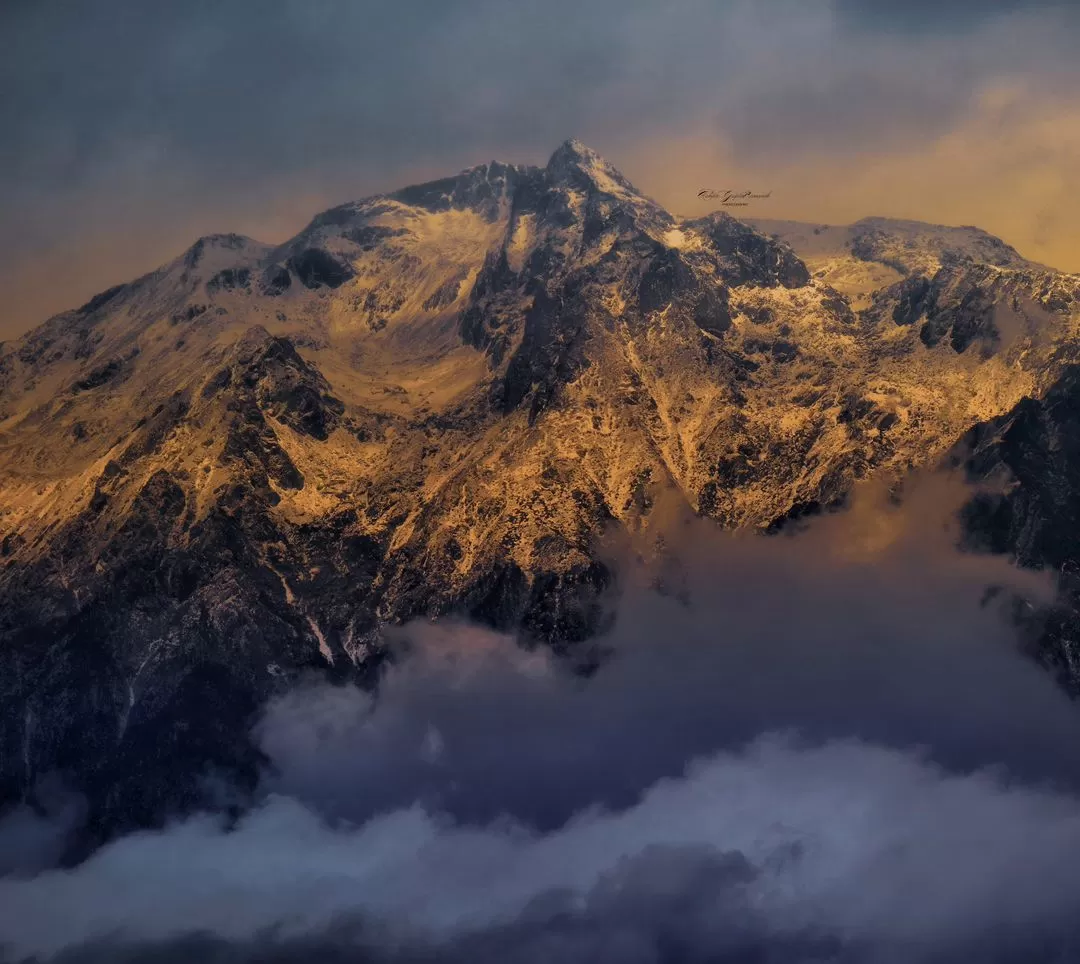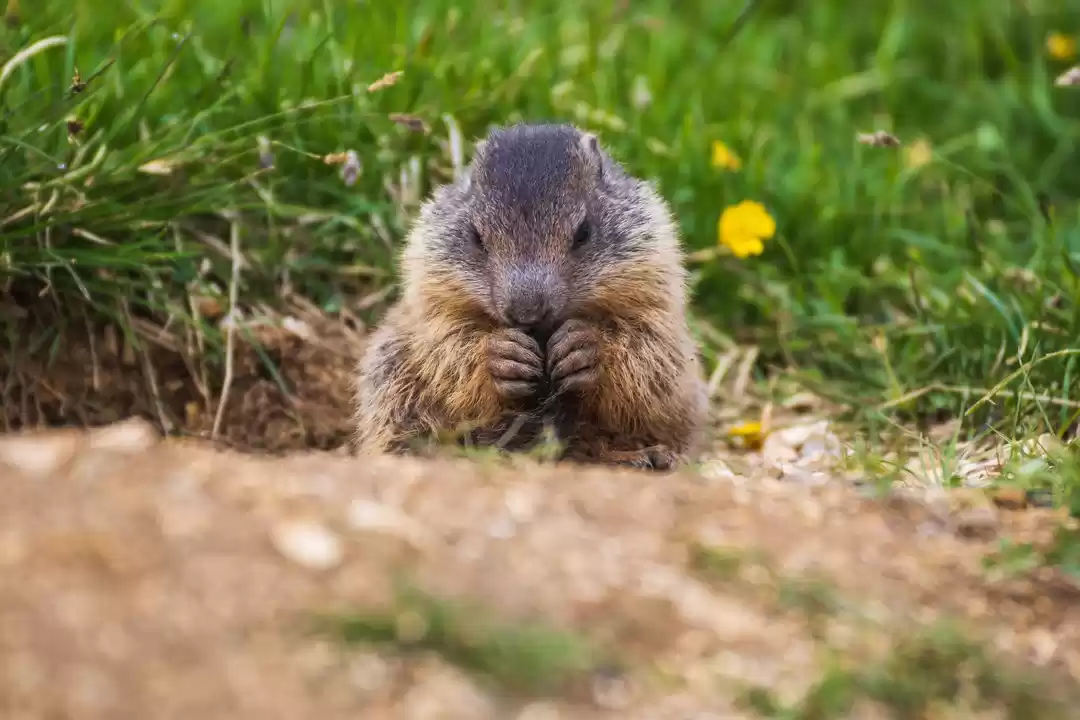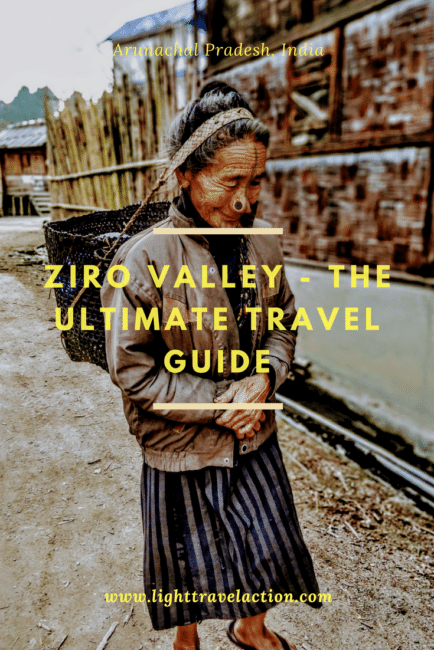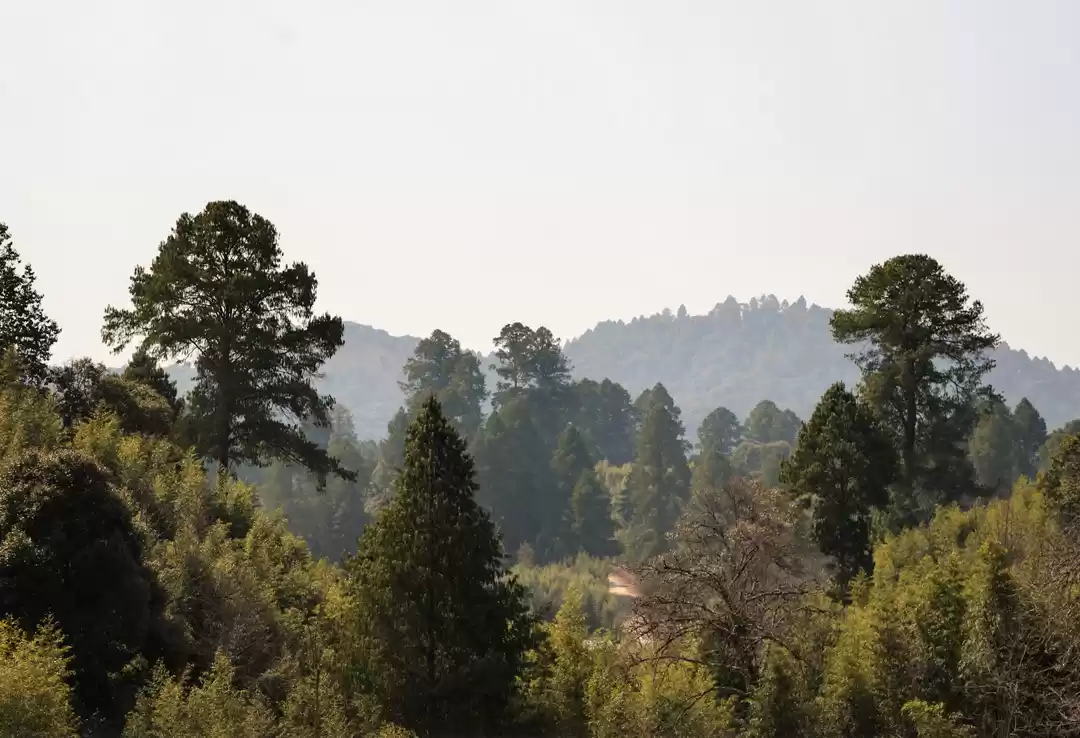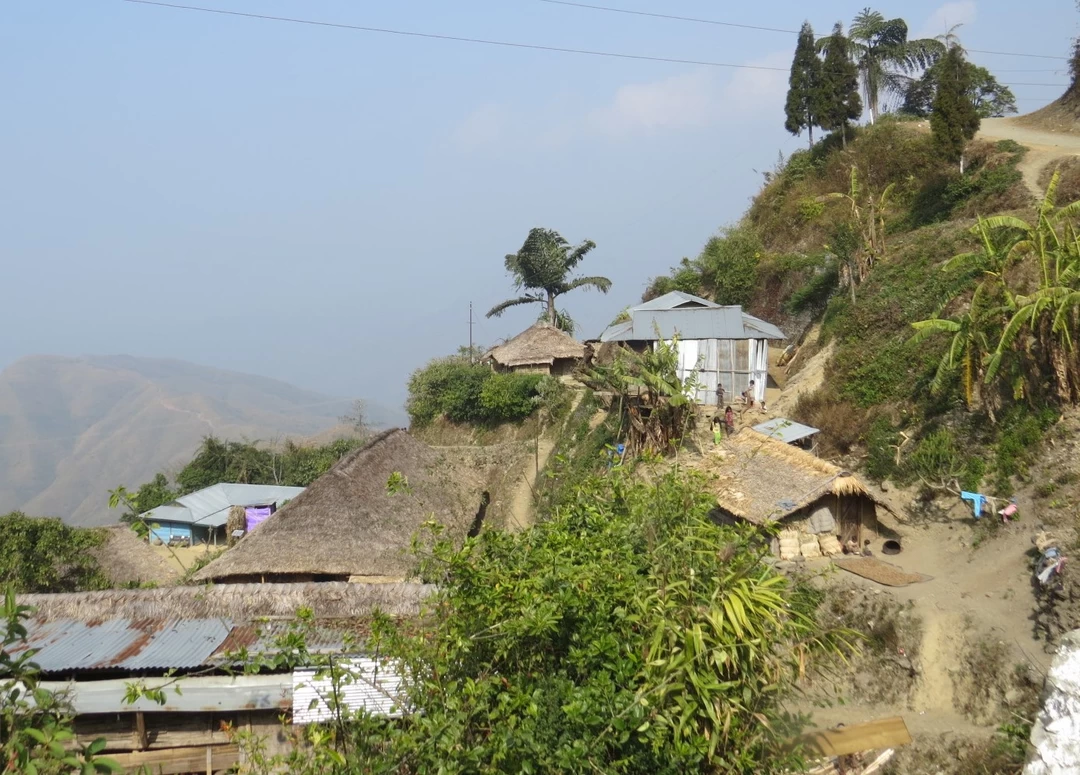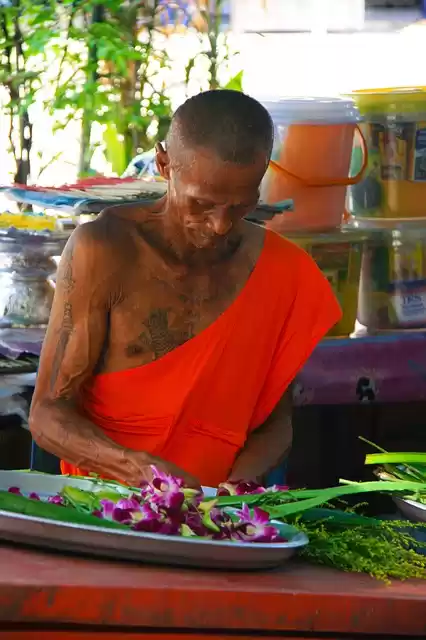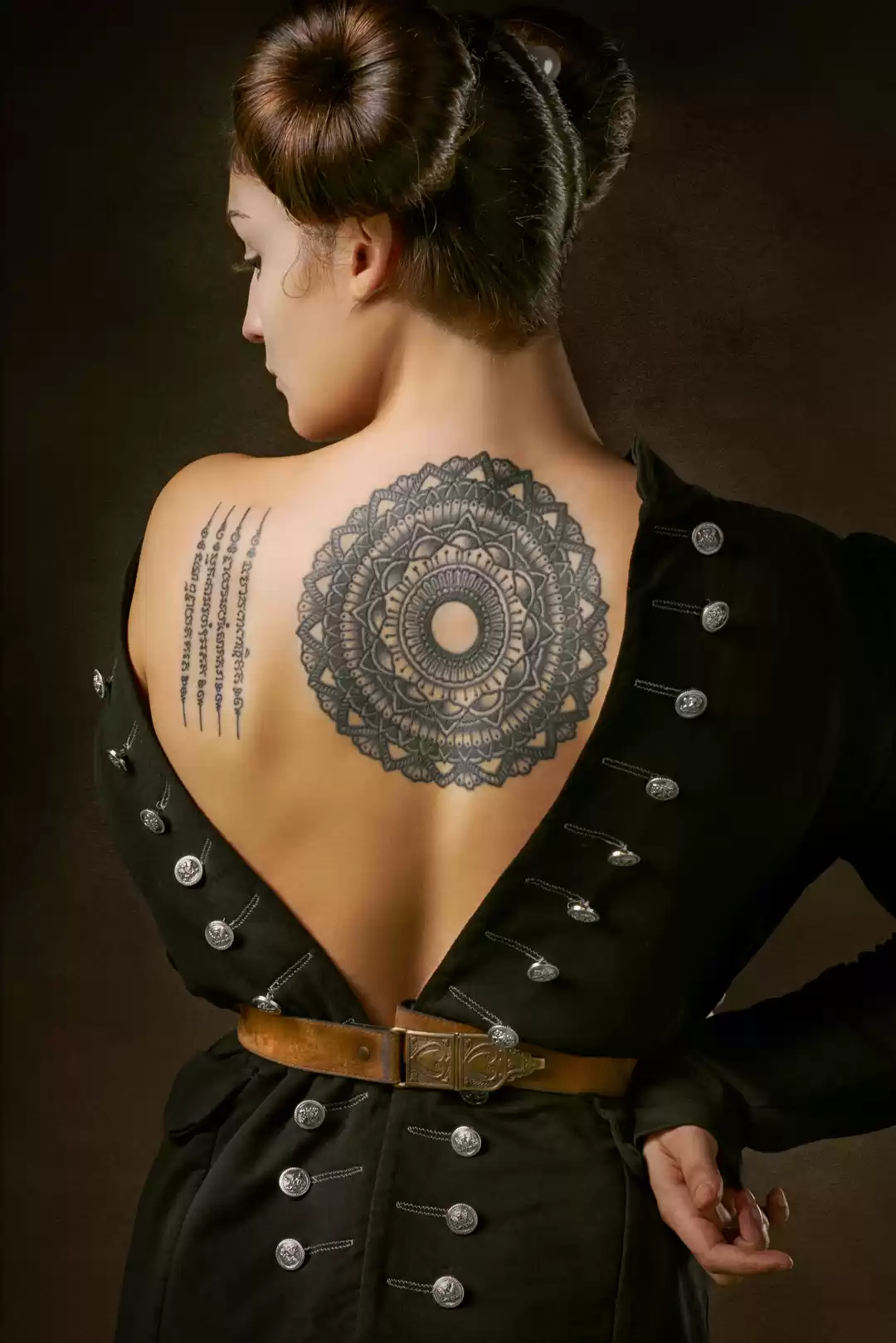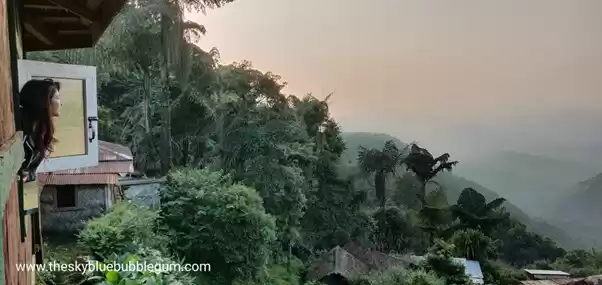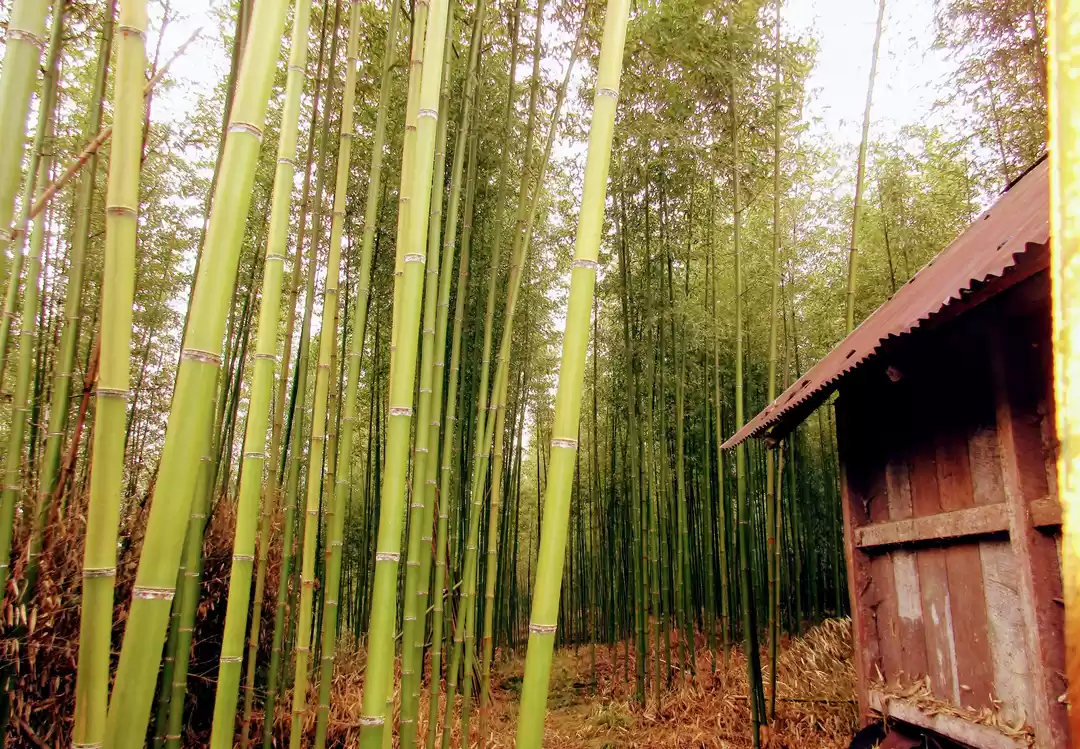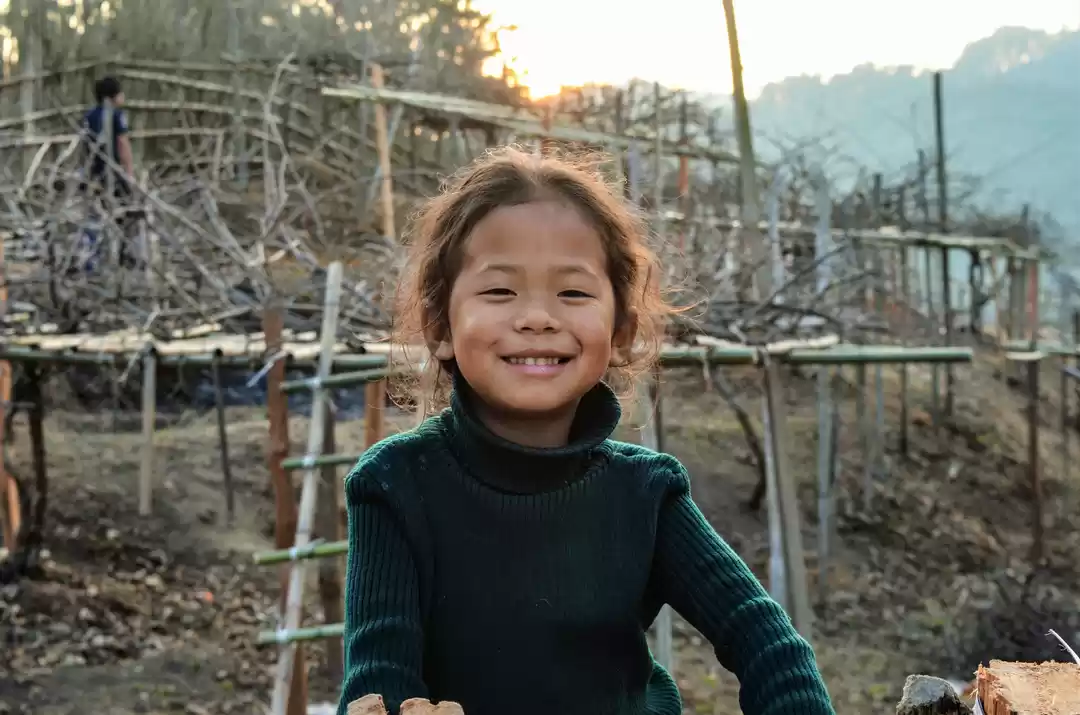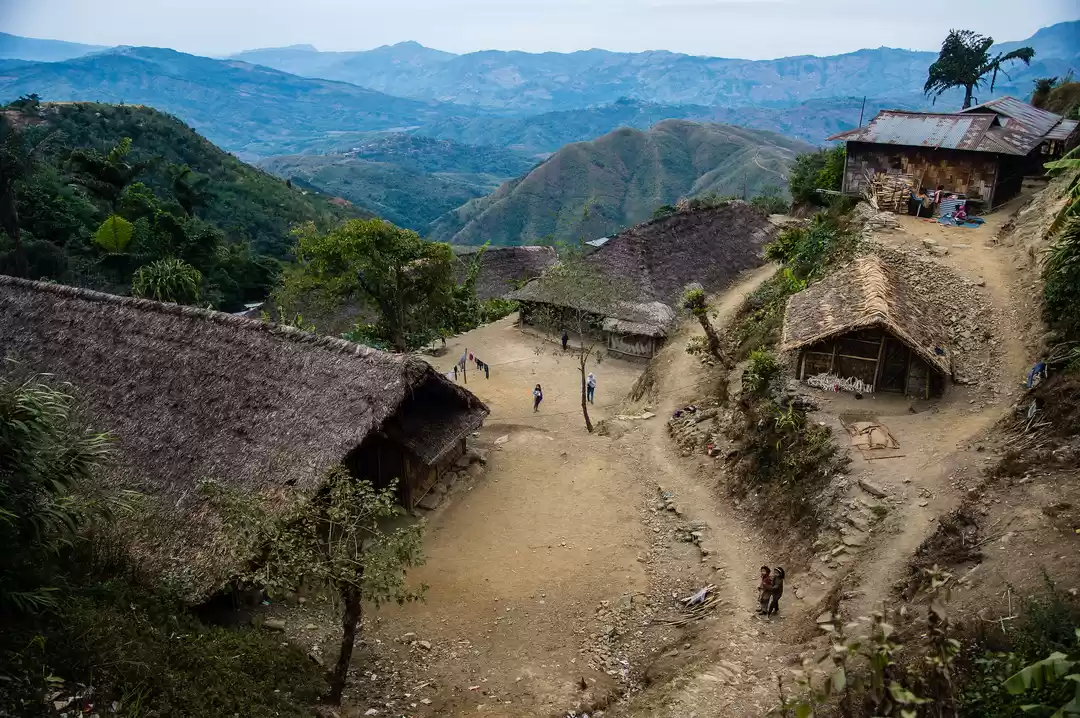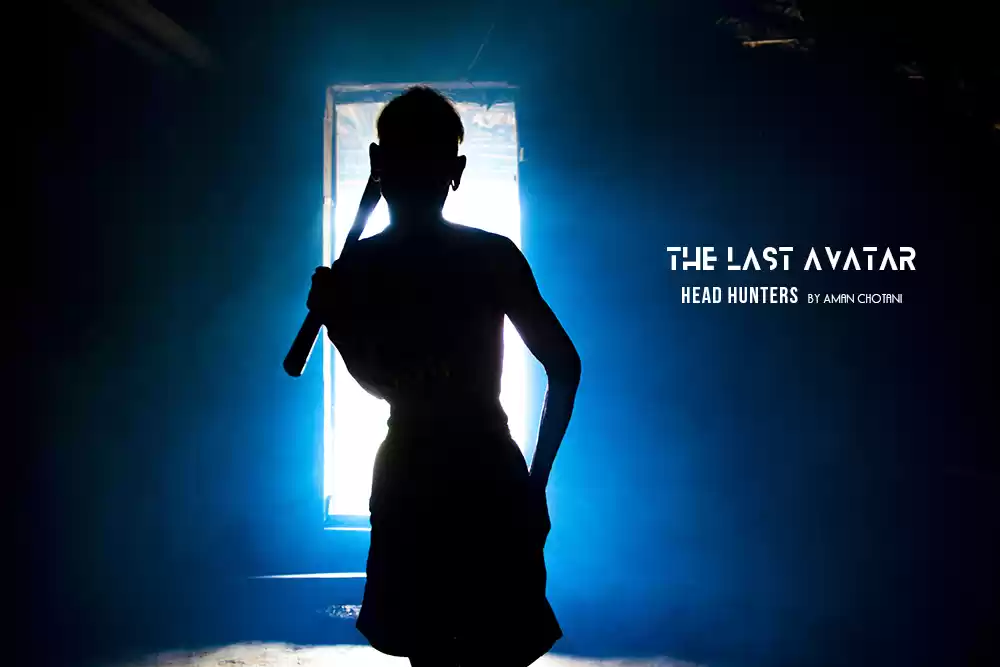


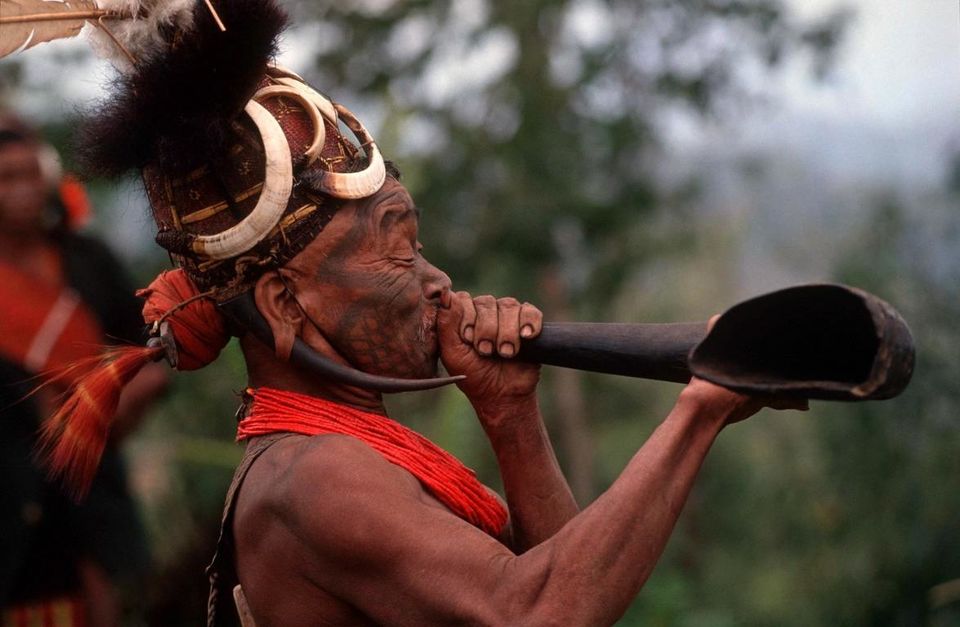
Tattoos are like stories-they’re symbolic of the important moments in your life”. –Pamela Anderson
Tattoo is a pattern of body alteration by infixing ink into the skin to change the pigment. Years before celebrities and rockstars, tattoos were used by all tribal population across the globe, whether it was the Hausa and Fulani people of Nigeria or the Apatanis, the Noctes and the Wanchos of Arunachal Pradesh. Tribes of Arunachal Pradesh are well known for its unique style of tattooing different parts of the body, serves for personal decoration and social taboos were there behind the tattooing. The Noctes and the Wanchos are the most famous tribes known for their onliest design and style of tattooing.

APATANIS: The lifestyle of the Apatani hill tribe is an exciting experience for a cultural traveller on various aspects. The most distinct aspect of this tribe is their face tattoos and their nose plugs that are like no other.
Legend has it that neighboring tribes abducted the women of this tribe owing to their beauty to prevent this from being continued, the tribe began to tattoo the faces of their girls and piercings in the form of nose plugs – to repel and brand their own young girls, with the intension of making their women look unattractive.
The Apatani tattooing procedure is an awfully painful affair but it is worth getting it done. Unlike today’s fashionable equipment like tattoo guns and ink used, the Apatanis uses thorns to cut through the skin and soot mixed in animal fat for the dark blue color. The wounds are then allowed to get infected so the tattoos become larger and clearer.
This practice was discontinued during the 70’s, when the government started providing security against kidnapping. As a result, no woman of the tribe has been tattooed for the past 30-35 years. The youngest person of the tribe with a tattooed face is about 45 years of age, although elderly Apatani ladies will still be seen with a thick blue line running from their forehead to the tip of the nose and six smaller lines on their lower chin.

NOCTES: The Noctes were famously known for tattooing. The unique feature for Nocte men are that they tattoo on their chest and face instead of tattooing on their bodies and of women on the arms and the back. The usual designs are commonly large stars with cross lines connecting the ends. Apart from face tattooing, different parts of the body such as naval, thighs, chest and calves are also tattooed with dots and lines.
The cognitive operation of tattooing is a very afflictive one and involved eminent patience and survival endurance. Designs are first drawn with black paint made from the soot in the body and they are pricked by thorns of cane. Then the blue color is applied over the design with a juice of “Roantummag” plant and in other cases, colors made from ashes of straws is smudged over the pricked component. Sometimes the wounds become so serious that the person can hardly be able to move for a few days. Hence, the hot fermentation is given as a treatment in order to heal his wounds soon.
Nocte tribe in the past had a very strong practice of ‘headhunting’. Though the tradition of headhunting was not strictly practice, still it carried backside the religious sanctions and was set about only after divination. The tribe believes in the magical powers of the human heads, peculiarly in link to the fertility cult, was the main reason behind this practice. There are different stories about the origin of headhunting practice of the Nocte tribe but the sole reason behind the custom was the internal feuds to various reasons. The head-hunters got themselves tattooed and Khotang festival as then celebrated in which the heads were cleaned and boiled and were put together in one place. After the festival was over the head were placed in Morung (Youth Dormitory).

WANCHOS: According to the mythology, Wang means King and Cho is referred as Hillman which means a hill man who lived under the rule of king. The culture of Wancho tribe is magnificently popular for the art of tattoo making. Slowly the culture is depleted but still a large amount of detailed information on tattooing is present, following the traditional only women or tattoo queens could work as the tattoo artist.
As per the culture, women do not tattooed on their faces but on other parts of the body. There are different designs and each one is reflected on the social stand of a woman in the community, like a woman from an upper class family may have detailed design all over the body while others of lower class family or common people had simple tattoos. Girls were generally tattooed between the ages of 10-14 years. If she is not tattooed, then it will be considered as a sign of disgrace. Tattooing of men’s was important as it marked the victory of the clan by capturing an enemy head. Tattoo marks were punctured indicating the bravery in head hunting, and killing dangerous animals.
Thus next generation, will be deprived from experiencing one the most distinctive traditions of this age, although for various reasons, it is indeed a loss of tradition and cultural. The glimpse of these spectacular tattoo arts will be available to the future generations the few pictures taken since the camera was invented.
Frequent Searches Leading To This Page:-
tour operators for arunachal pradesh, Customized arunachal pradesh holiday packages, best travel deals on Arunachal tour, Spiritual Assam Arunachal Pradesh, most popular tours in Arunachal Pradesh



